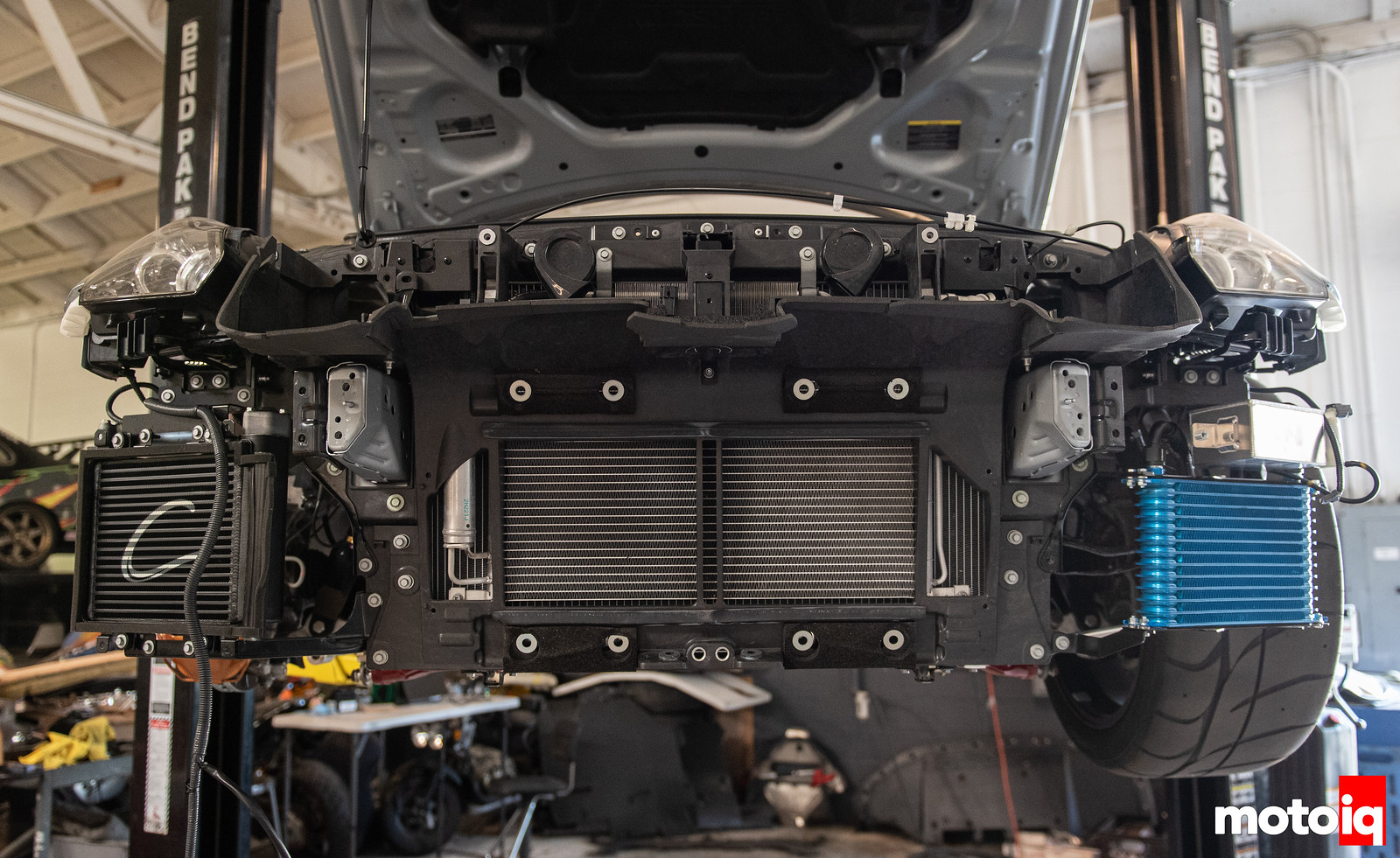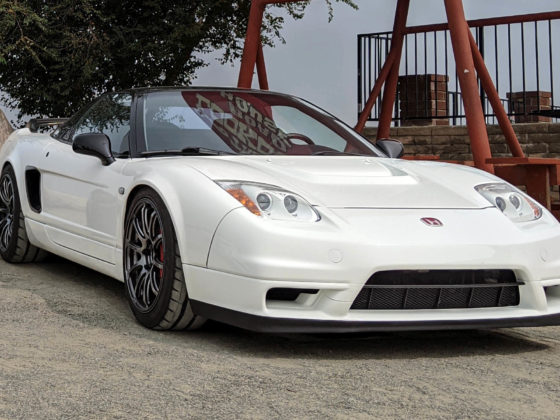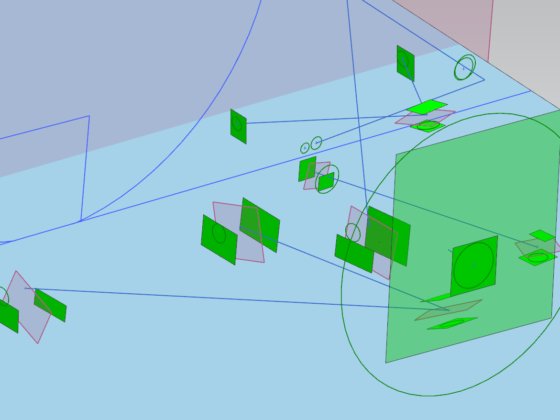
So the Achilles heel of the mighty R35 GT-R is one that plagues most Japanese high performance cars, an inadequate cooling system. We are not sure why this seems to be the case in many Japanese performance cars but we think it can be narrowed down to most Japanese turbocharged cars. One of the reasons is that the roads in Japan are very crowded and the legal speed limit is pretty low as opposed to the unlimited speed of the German Autobahn. This could affect the engineering culture of Japanese manufactures. Regardless, the GT-R tends to run hot and on the track it has been known to go tilt and into limp mode frequently, usually towards the end of a track session unless the driver backs off every few laps and lets the cars cooling system recover. So for the first step in our quest for more power, we are going to be increasing our cars cooling capacity with parts from Greddy Performance Products, CSF Cooling and Cisco Performance.

For the first step, the front bumper fascia and bumper beam were removed. We liked the GT-R’s OEM shrouds for the intercoolers and oil cooler. Everything was sealed and ducted well. Having effective ducting is actually an efficient way to get the most out of your cooling system and the GT-R seems to do this well from the factory.

You can see the well sealed duct leading to the factory intercoolers. The stock ducting, intercoolers and charge pipes were removed.

Here you can see how the Greddy intercooler compares to the stock stuff. The Greddy core is a cross flow instead of the top flow like the stock stuff. This means that the air flows through a longer airstream exposed path through the heat exchanger with more opportunity for improved cooling. The core is much thicker than stock so the overall cross sectional area available for flow is about the same. In our experience having a long flow path in the airstream really improves an intercoolers ability to drop the charge temperatures. The end tanks have a streamlined shape. This improves the flow through the intercooler core and the smooth hardpipes also contributes to good flow. Smooth, rigid and non expanding pipes combined with the efficient core reduces the amount of work that the turbos compressors have to do. Less compressor work, the less power the turbines have to recover from the exhaust stream and the less back pressure the engine sees. Less back pressure, better VE and cooler charge air for better oxygen density for for the engine. Overall you can’t lose with better intercooling.

Of course having a radiator with greater capacity also is a good benefit for a GT-R. We used an all aluminum racing radiator from CSF. The CSF radiator is designed as a pure bolt-in direct replacement part of the OEM radiator. The OEM radiator has crimped on plastic end tanks that are prone to leak, especially with age or high pressures. The CSF radiator has fabricated tig welded aluminum end tanks that are furnace brazed to the core. This is a much stronger construction method than the stock radiator. The CSF radiator has tig welded, leak-free, formed hose bibs and provisions for the factory vents and surge tank. It also has provisions for the factory air guides to make installation easier.




5 comments
Mike, any need to upgrade the PS cooling loop? Our Z33 overheats the stock PS cooler and system with puny 255 Continentals on track days. The plan over winter is to install a large truck trans cooler in its place.
The GT-R has the biggest power steering cooler of any Nissan I have seen so far. We haven’t heard of people having issues. I haven’t heard of a Z33 overheating the power steering on the track, autocross yes but not on a road course.
Man that Greddy trans cooler is sweet, loving those preformed hard lines and matching ducting.
We were very impressed with the fit and finish of all the Greddy parts we have used on this project so far!
I really like that BOV design. I think it’s time to retire the Greddy Type S I’ve had on my car for the past 10 years.